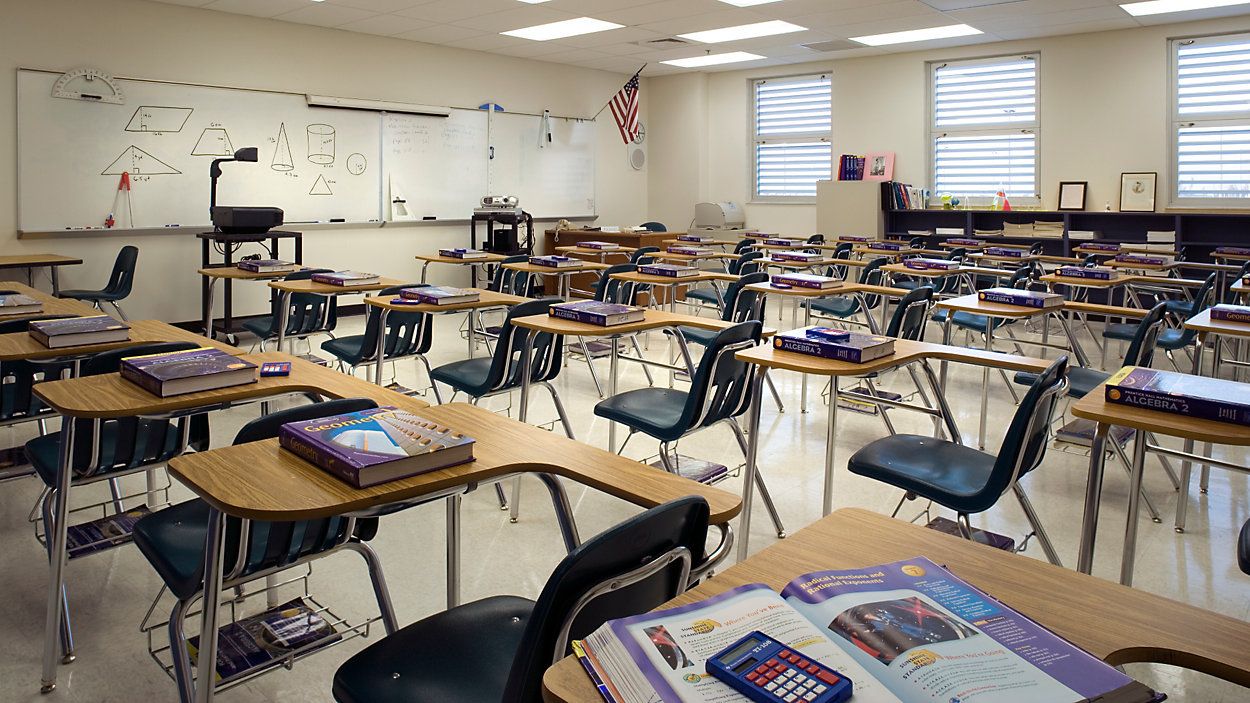WISCONSIN — In the 2022-23 school year, nearly 20% of Wisconsin kids were chronically absent from school, meaning they missed more than one in 10 school days, according to the Wisconsin Policy Forum’s latest report.
That means that 19.5% of Wisconsin K-12 public school and charter school students missed 10% or more school days; in an average school district in the state, that means kids missed 18 or more days of school.
Wisconsin Policy Forum said that chronic absenteeism is a problem for students, as previous research has shown students who are chronically absent are more likely to have decreased mental health, higher school dropout rates, show lower student achievement and even face more challenges in adulthood, when compared to their peers who were not chronically absent.
“The longer chronic absenteeism remains a statewide issue, the longer it will take students to catch up, disrupting not only their education but also that of their peers,” researchers said.
From the 2005-06 school year though the 2019-20 school year, overall absenteeism for K-12 students stayed below 13% in the state. That number jumped to 16.1% during the 2020-21 school year, with Wisconsin Policy Forum noting the COVID-19 pandemic as a probable cause for the increase. Researchers also said because of the pandemic, that number could be higher in actuality if absenses were under-reported. The following school year, it rose again to 22.7%, until falling to 19.5% in 2022-23.
Researchers said student absence trends were applicable to all Wisconsin K-12 students in public and charter schools, regardless of grade level, gender, race or ethnicity, English learner status, disability status or level of economic disadvantage.
However, while absentee trends were applicable to all students, researchers noted Black, American Indian/Alaskan Native students had the highest rates of chronic absenteeism. In 2022, 58% of Black Wisconsin students were chronically absent. In 2023, 51% of Black Wisconsin students were chronically absent. Black, American Indian/Alaskan Native and Hispanic students saw the largest percentage point improvements in chronic absenteeism during the 2022-23 school year.
Additionally, students who were considered economically disadvantaged were almost three times as likely as their non-disadvantaged peers to miss school. In the 2022-23 school year, 31.6% of Wisconsin students who were economically disadvantaged were chronically absent, compared to 11.3% of non-disadvantaged Wisconsin students. Economically disadvantaged students saw a larger improvement in chronic absenteeism rates from the 2021-22 school year to the 2022-23 school year. Non-disadvantaged students’ chronic absenteeism rates remained nearly double what they were before the pandemic.
When comparing grade levels, high school students were most likely to be chronically absent from school.
The issue, while most prominent in school districts in cities, is impacting schools across the state. Wisconsin Policy Forum noted that school districts in cities within the state with higher numbers of economically disadvantaged students and students of color also reported higher rates of chronic absences.
Wisconsin Policy Forum said during the 2022-23 school year, 16 school districts reported 30% or more of their students were chronically absent. Those districts included large city districts, districts on tribal land and districts near tribal land. Some of those school districts included: Milwaukee, Madison, Green Bay, Racine, Menominee Indian, Bayfield, Lac du Flambeau #1, Ashland and Butternut.
During the 2022-23 school year, Milwaukee Public Schools reported the highest rate of chronic absenteeism among Wisconsin’s school districts at 50.4%. No other school district had a chronic absenteeism rate over 45%.
Researchers said one possible reason for chronic absenteeism rates could be tied to mental health.
Wisconsin Policy Forum cited the 2023 Wisconsin Youth Risk Behavior Survey, which found 13.9% of Wisconsin’s kids said they “rarely” or “never” felt safe at school. That’s up from the same survey in 2019, when 9.5% of Wisconsin students answered they “rarely” or “never” felt safe at school.
In 2023, 51.6% of students said they had anxiety. In 2019, that number was 49% and in 2017, that number was even lower at 39.9%.
Researchers also interviewed school district leaders, who offered other potential reasons behind the spike in chronic absenteeism, including some families seeing “deeper or more pervasive levels of poverty, increasing housing instability, rising costs associated with child care [and] issues with transportation.” Researchers said district leaders provided specific examples of children experiencing homelessness, parents needing children at home to translate for them and kids not having reliable transportation to school every day. Many of these issues are not directly connected with the school districts, and leaders said they would need help and support from the government, county services and even district attorneys in order to combat absent rates.
Furthermore, the pandemic has changed some societal standards around public health. Before the COVID-19 pandemic, many students would go to school, even if they felt under the weather. However, now, per school district officials, students are more likely to stay home if they are sick. Researchers also said since some adults are able to work from home, it may be easier to stay home with a sick child if needed.
School district leaders also told researchers that since in-person schooling was shut down during the pandemic, some parents’ ideas about having kids in school have drastically changed.
“Officials we spoke with told of parents asking if children could miss a month of school for vacation or of a student missing a week of school because their family was opening a restaurant – anecdotes they say were rare before 2020,” the report said. “The specific reasons behind the decreased attendance for different student groups may vary significantly, but the net effect has been eerily similar.”
While researchers cited multiple solutions — which varied by community culture — to combat chronic absenteeism, they said districts who approached the problem with supportive measures, as opposed to punishments, found more success in lowering absent rates. This, researchers said, “requires intentional, intensive effort.”
Read the full report below:



